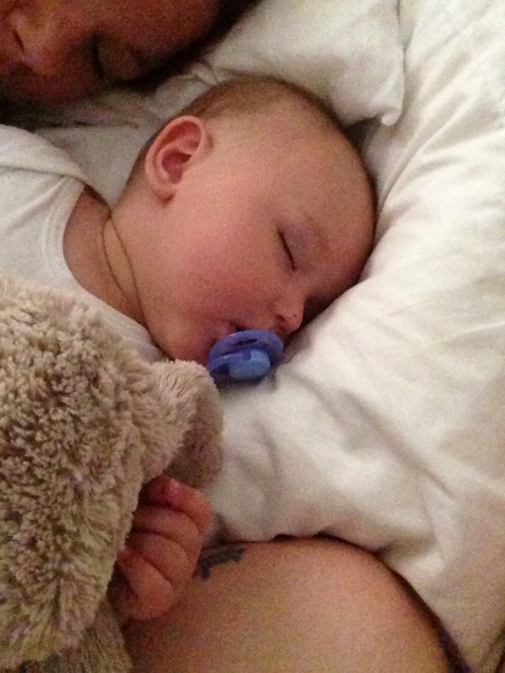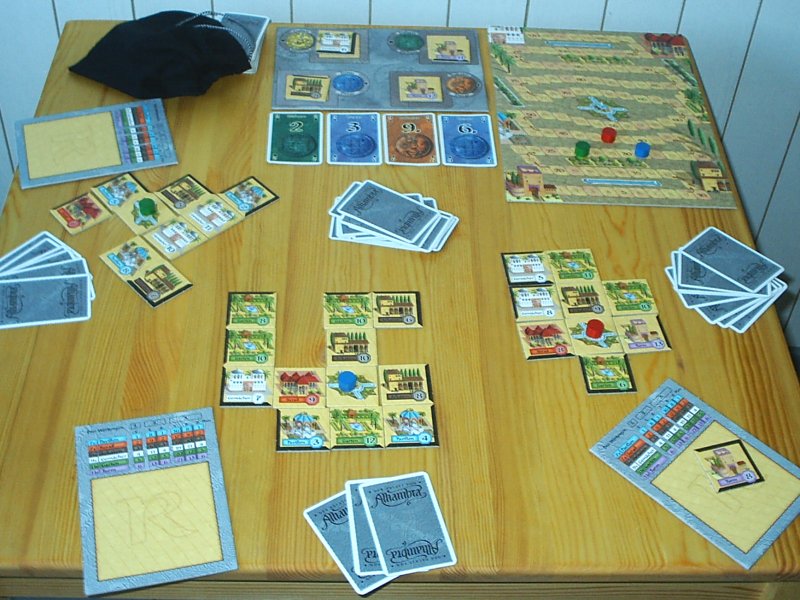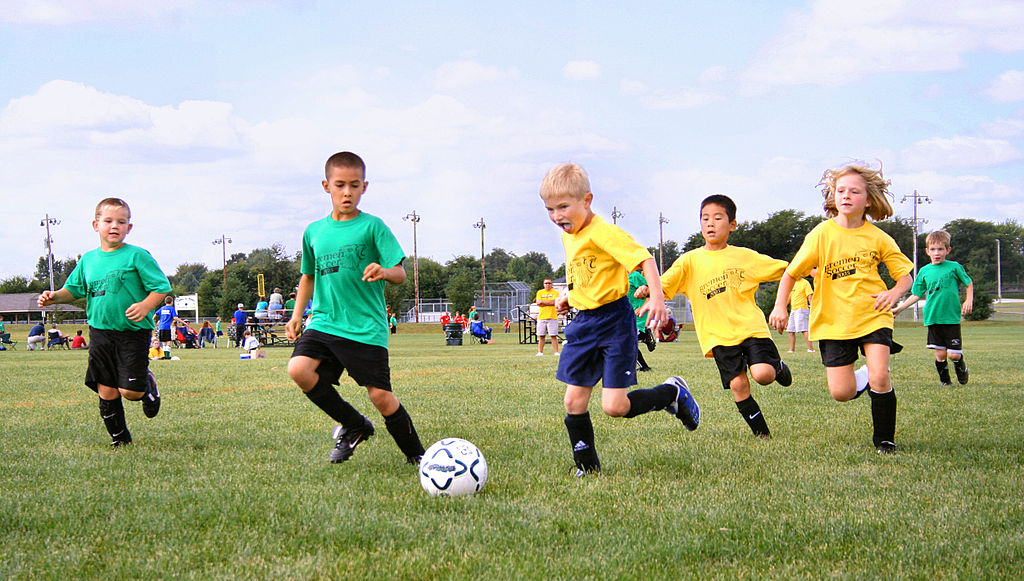
There are so many things to worry about as a parent and the eye health of your baby will be one of them. However, understanding the potential eye problems your baby could be born with, or could develop, will help to ensure that your baby’s eyes are healthy and that they mature as they should.
In order to avoid any visual impairments, diagnosing any eye problems as early as possible is crucial. The types of problems that may arise could be congenital (i.e. hereditary) or they could develop after birth. At the first neonatal check, a baby’s eyes should be examined to identify any potential structural problems such as retinoblastoma, ptosis, corneal opacity and cataracts. Should anything be found, your child should be referred directly to a paediatric ophthalmologist.
If these aren’t diagnosed early enough and the right treatments aren’t provided, it could have long-term consequences. Despite increasing amounts of medical advancements with things such as laser eye surgery, early detection will lead to better prevention.
Congenital Eye Problems
There are a number of ways in which your baby could develop a congenital eye problem, with the most common cause being a genetic disorder. Diseases such as Marfan’s syndrome, albinism and anophthalmia are all types of genetic conditions that can be passed onto your children. Should you or your partner have a condition that affects the eyes, you should be extra vigilant for any signs in your baby.
Other causes of these types of problems include infections, the intrauterine effects of alcohol or drugs, and maternal diabetes. Defects to the globe of the eye, the eyelids, the cornea, the pupil and iris, the retina and the lens are all congenital problems that can occur in babies.
Problems that Occur After Birth
Babies can also develop eye problems after birth. This could be caused by something like conjunctivitis during the first month of their life (ophthalmia neonatorum). Or, it could be a condition like amblyopia, which can happen during a baby’s first 2 to 3 years and is caused by sensory deprivation during this critical retinal development stage.
Knowing the Warning Signs
Whether you’re concerned about your baby’s eye health or not, there are a number of signs you can look out for that may indicate underlying problems. Watch out for any signs that your baby is tearing excessively or if there is any irritation to the eye area as this could indicate a problem with the tear ducts or an eye infection.
Take note of how your baby reacts to the light because any sensitivity they demonstrate towards it may be indicative of high eye pressure. Monitor how your baby’s eyes move and be mindful of any signs that your baby’s muscles aren’t developing properly – e.g. one eye moving in a different direction to the other may point towards strabismus.
Your baby will receive eye tests at the start of their life as part of their routine check-ups but it’s vital that you continue these. As a child’s eyes rapidly develop, particularly during the first few years of their life, regular screenings are a must, especially if there are any known problems running in the family.
Sebastian Pearce is a Dad who has become knowledgeable on eyesight issues due to his young sons low vision. He wants to raise awareness with his articles and offer support to other parents experiencing similar issues.



